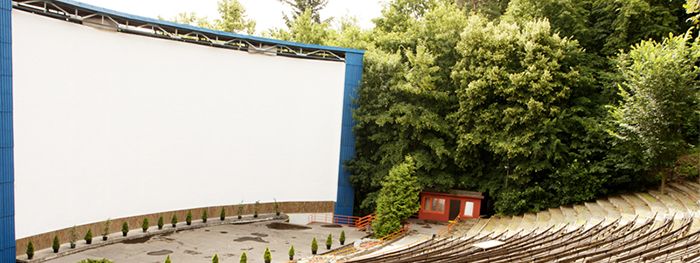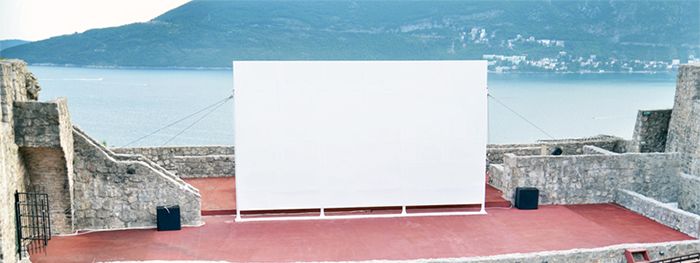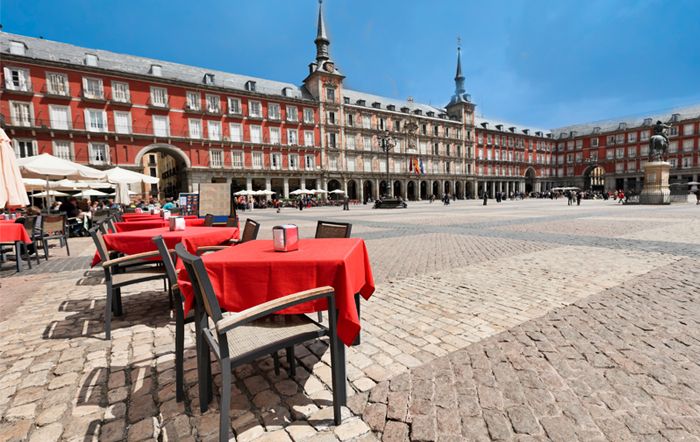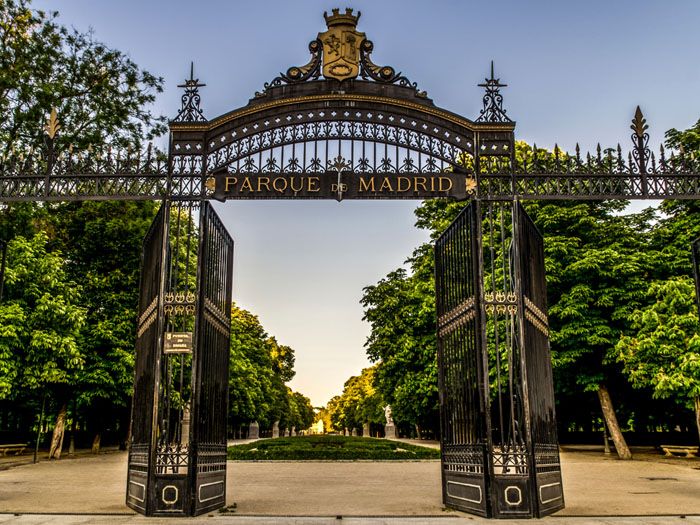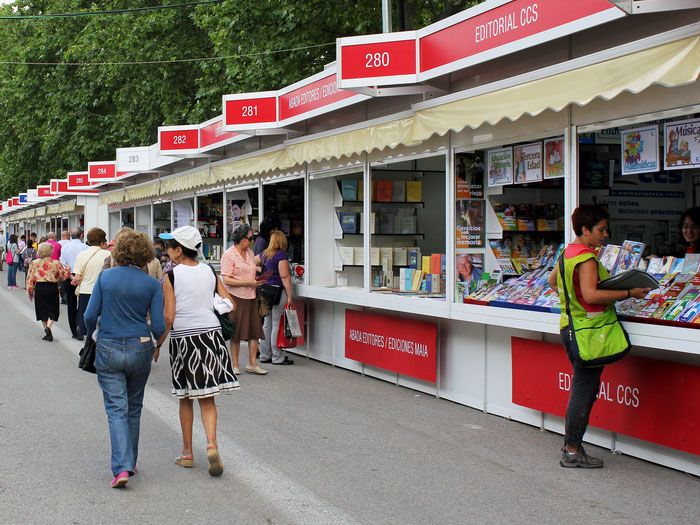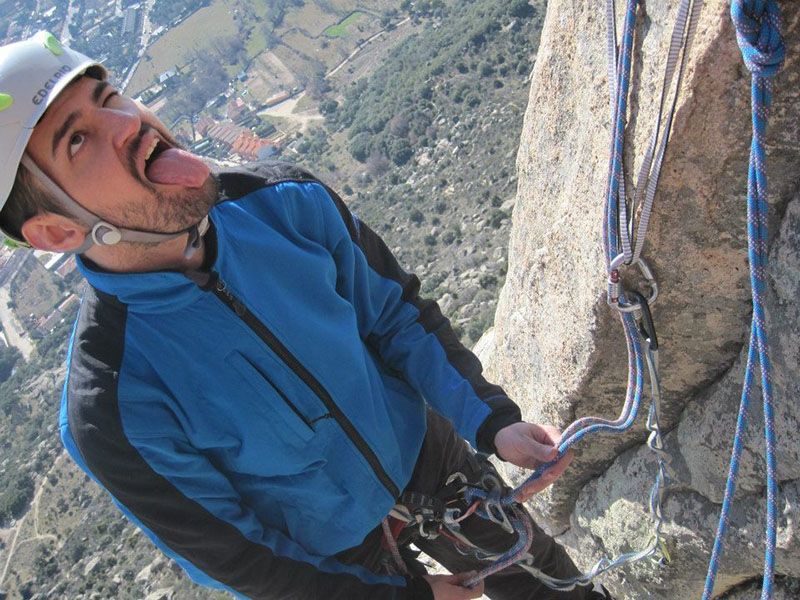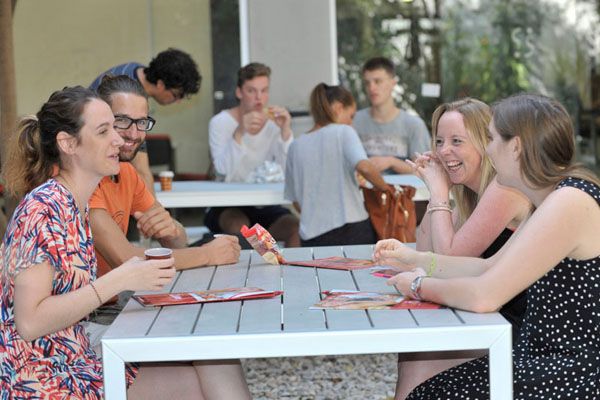enforex_pages_landing_block_01bc7e24-1bbb-444c-94a5-bfb73a935cf3
We’re bringing you everything you need to know about how to survive the heat and the crowds this August.
If you are learning Spanish in Spain this summer, it's important that you know how to make the most of the month of August. Some Spaniards take a whole month of vacation, pack their bags and take off to the beach. Regardless of age or social status, there are many who engage in this “summer migration”: there are the employed taking their well-deserved vacation days, the retired looking to get a change of scenery, and of course the students who so eagerly look forward to their summer vacation. Understandably, for foreigners who come to Spain, it can be a bit strange to find some cities emptier and quieter than usual or their towns suddenly saturated with Spaniards that usually do not live there but that are spending their vacation there, just like any other tourist.
But that's not to say all Spaniards engage in this August vacation custom. Many won't take a whole month off, especially those who work for a private company; many others take their vacations in June or July, and others prefer to have a "staycation" in their cities and simply opt for small trips to the beach or the mountains. It all depends on the individul company or professional sector in which a person works. There are no hard or fast rules about vacation in Spain, but what we can do to help our students is highlight some cultural trends and provide tips on how to survive (and have the best ever) August in Spain.
Get creative and get talking
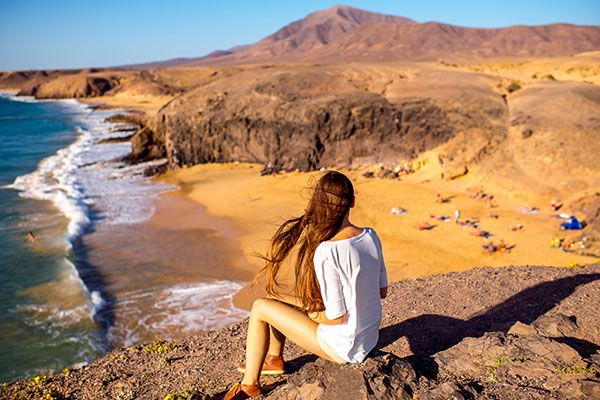
No doubt that while you’re staying in Spain, you'd like to plan your activities and trips to avoid running into too many crowds. Want some advice? When planning, don't just stick to the typical places, get creative! Of course we all want to hit the beach over the summer, but keep in mind that some parts of the coast are filled-to-the-brim with tourists and Spaniards alike in August. Best to choose other lesser-known spots to have a beach getaway; for example, the Cala La Rostella is a great choice if you're in Barcelona on the Costa Brava, or Maro if you are in Malaga.
When you're not away on your own weekend trips, you can always cool off with a drink on a terrace, in a park or municipal swimming pool, all places where you're sure to meet local Spaniards who can help you discover other interesting or exclusive spots. So, our other piece of advice is to get talking! Not only is it the perfect way to practice your Spanish, you’ll also find out about those “best kept secrets” spots! For those in Madrid, for example, did you know that the Universidad Autónoma has a pool just for adults? The only requirement to either be a current or previous college student (any student ID or a copy of a diploma should do the trick). Sure, it’ll still be crowded, but at least you’ll avoid the overwhelming congestion of the public pools – and the screaming kids.
Keep cool like a local
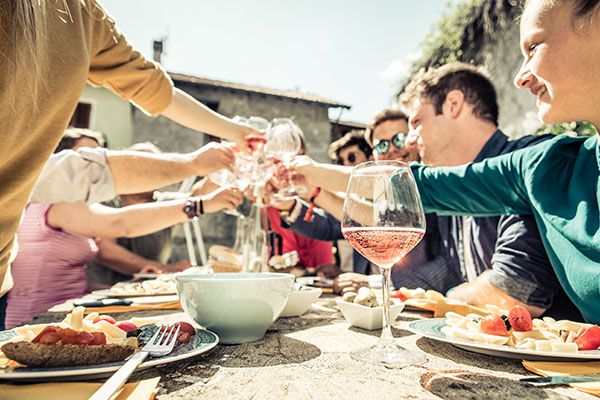
Spaniards have their own tricks to beat the heat during the very hot and super fun month of August. For example, the famous siesta that everyone now associates with a nap, actually has less to do with sleeping and more to do with avoiding the hours when the sun is at its strongest. But that doesn't mean you have to stay at home during the midday closure hours! There are plenty of cool ideas for this time of day, such as visiting a museum, going to movies, or even checking out one of the many shopping malls Spain's cities are saturated with... why not take advantage of the August rebajas or sales and update your wardrobe? You'll be glad to be taking advantage of the central air conditioning as well!
Another local trick to keep the August heat at bay is to choose the type of food and drink for your meals wisely. For example, a Spaniard wouldn't be caught dead eating a hot potaje or estofado during the hotter months. Instead they’ll opt for cold soups like gazpacho or salmorejo, and cooling tapas like boquerones en vinagre or ensaladilla rusa. And to wash it all down, Spaniards sometimes opt for their curious alcohol-mixed-with-soda concoctions: a clara, for example, is a beer mixed with lemon Fanta; tinto de verano recipes can vary but generally include red wine, a lemon-lime soda or seltzer and fruits; the refreshing and light rebujitos, very popular in Andalusia, are often some combination of sherry or white wine and Sprite or a lemon-flavored soda. All, of course, served very, very cold.

If you are studying in Spain this summer, and specifically in August, you'll no doubt enjoy the incredible variety of local activities and events that all Spanish cities have to offer. Most of these activities are out in the streets, where summer is truly lived and loved. But if you ever get too hot, remember that you can always escape to the beach to discover some special, unique spot guaranteed to keep you cool and content. However you choose to live your August, we're positive you will enjoy every minute of your experience in Spain. So get out there! What are you waiting for?
